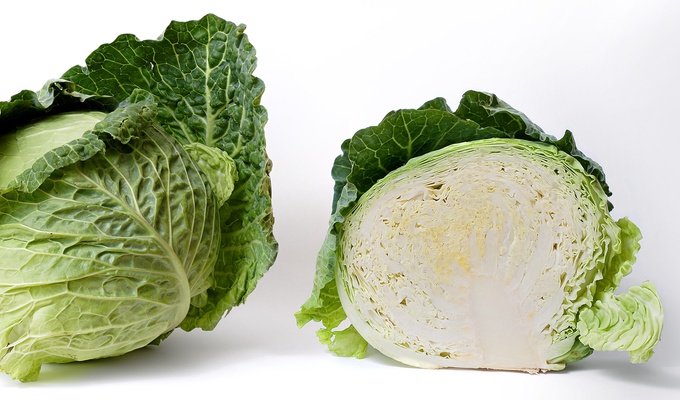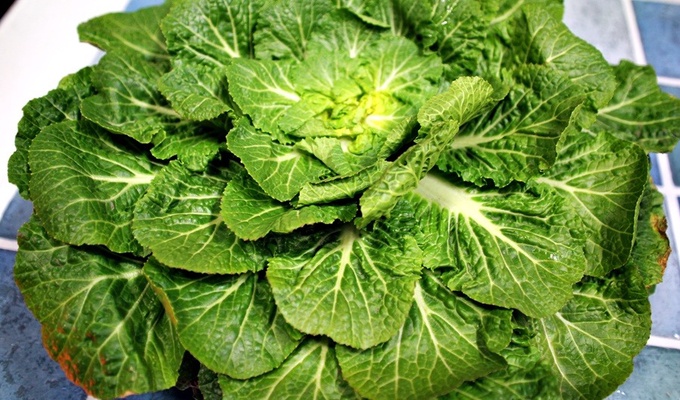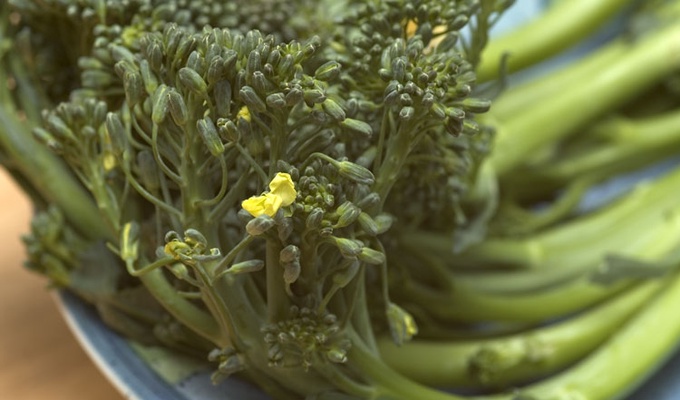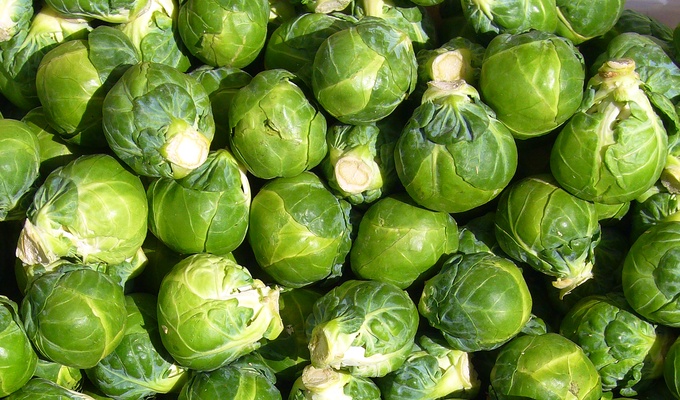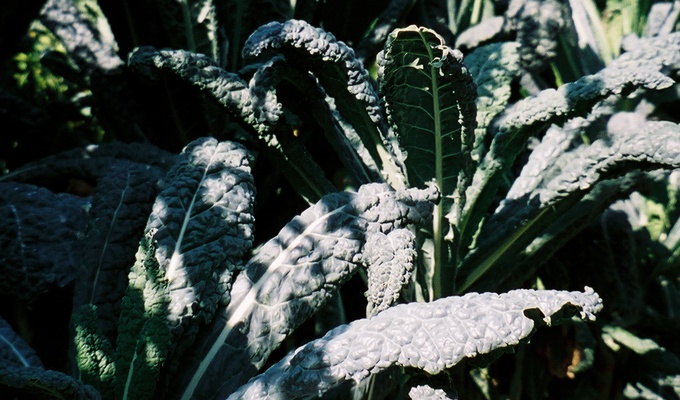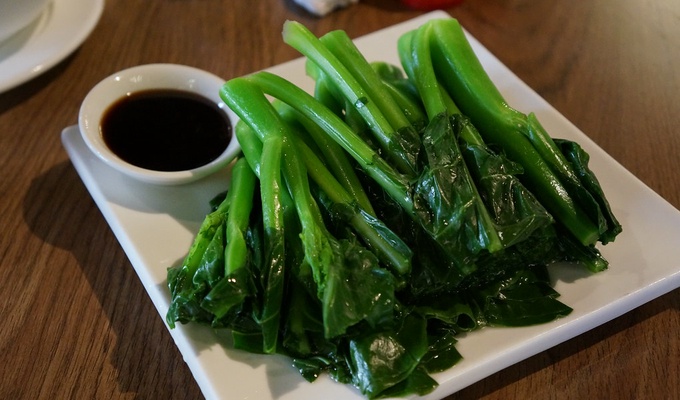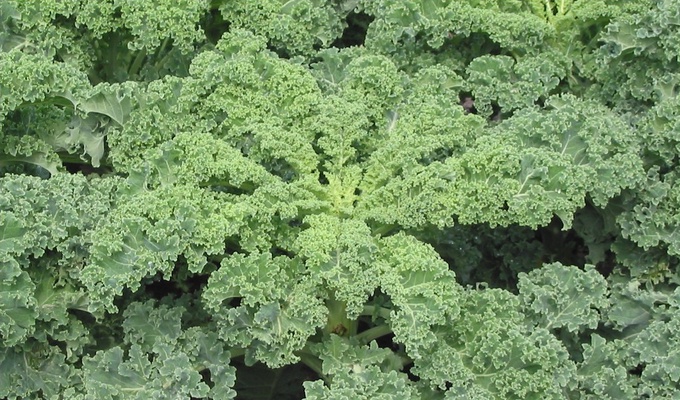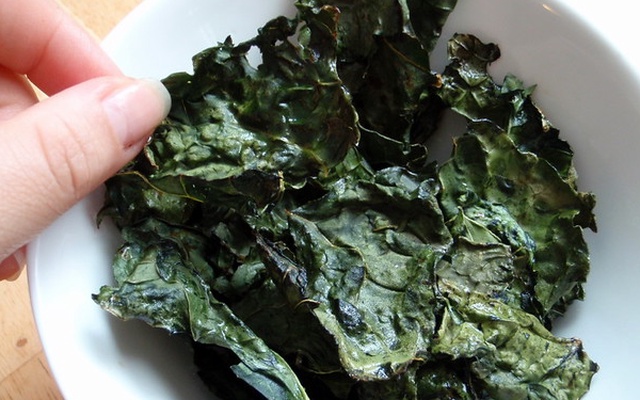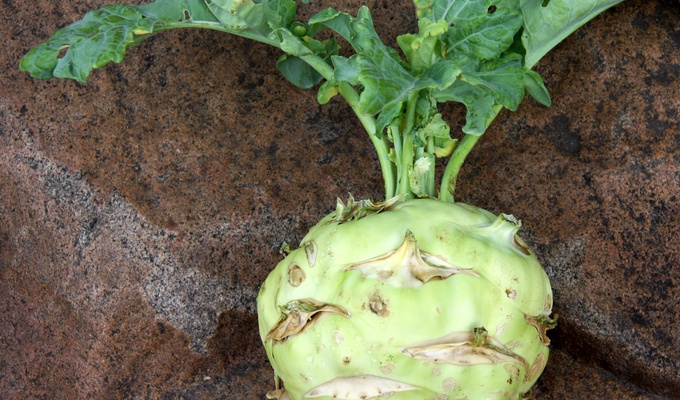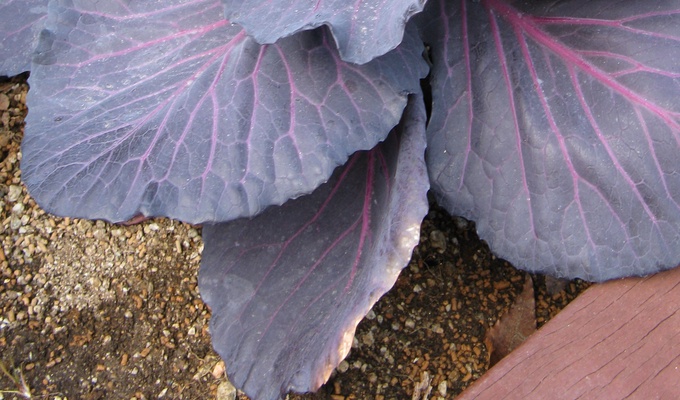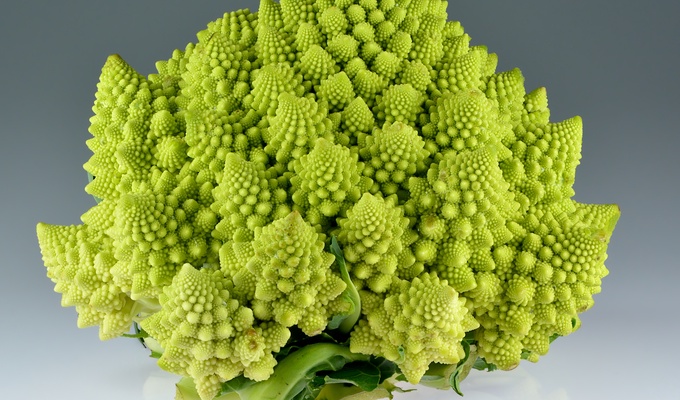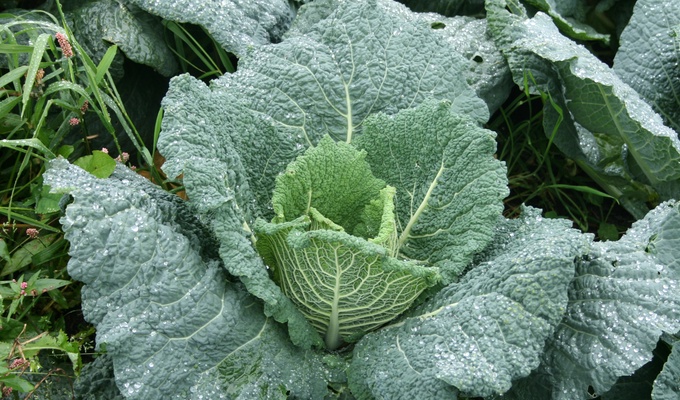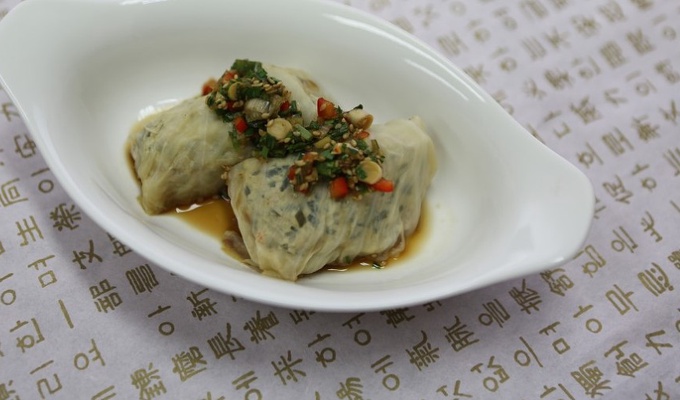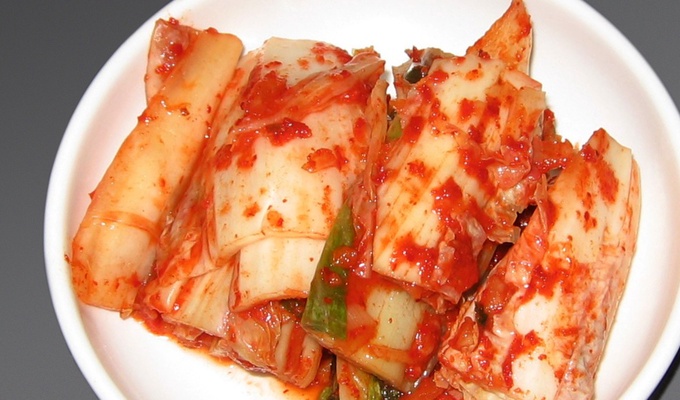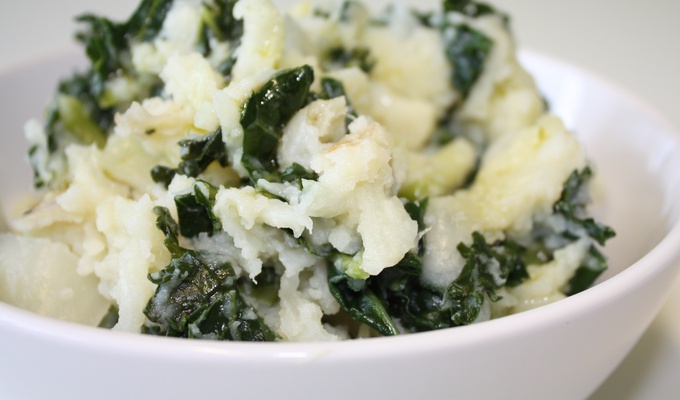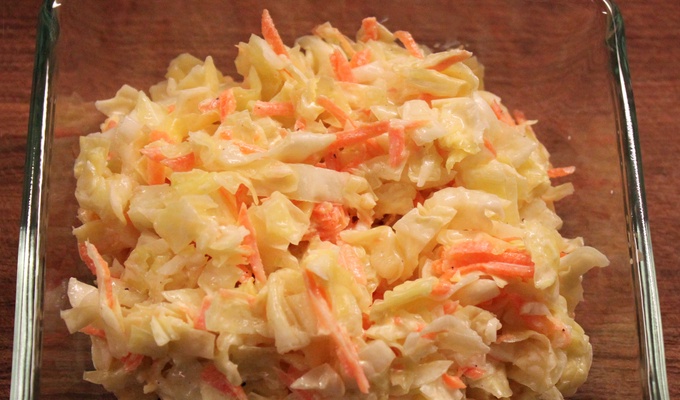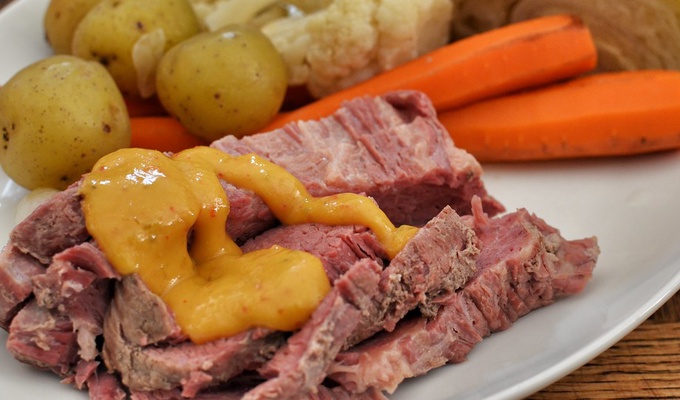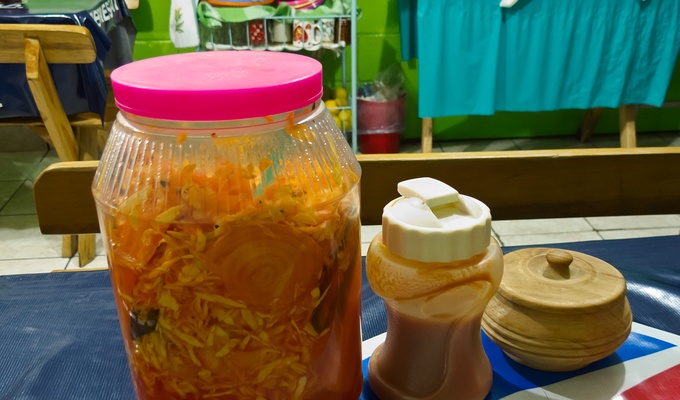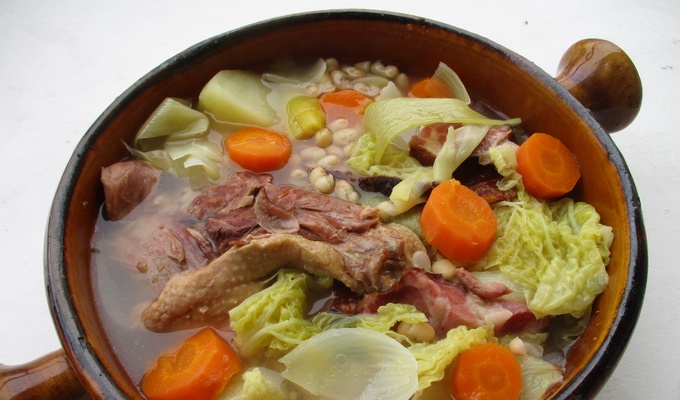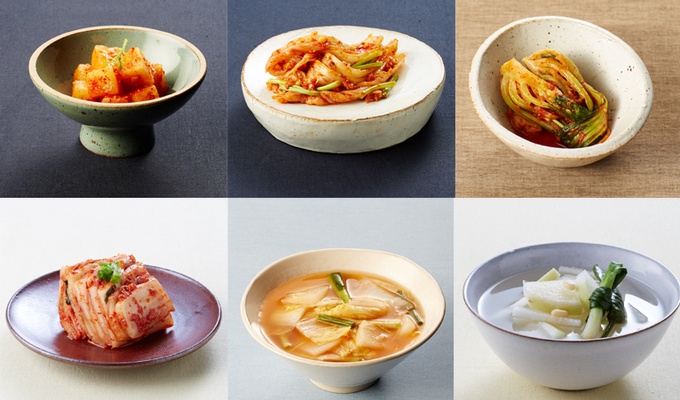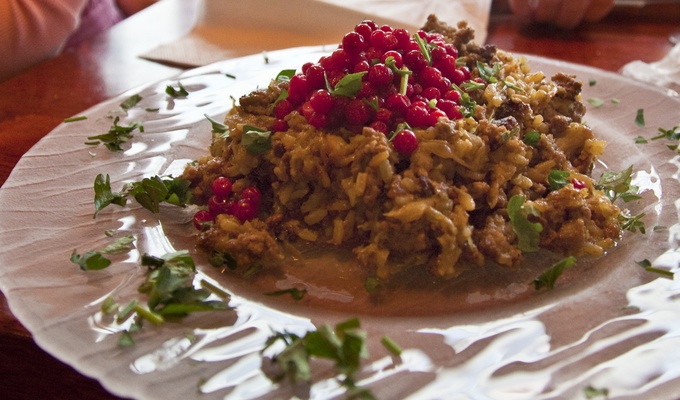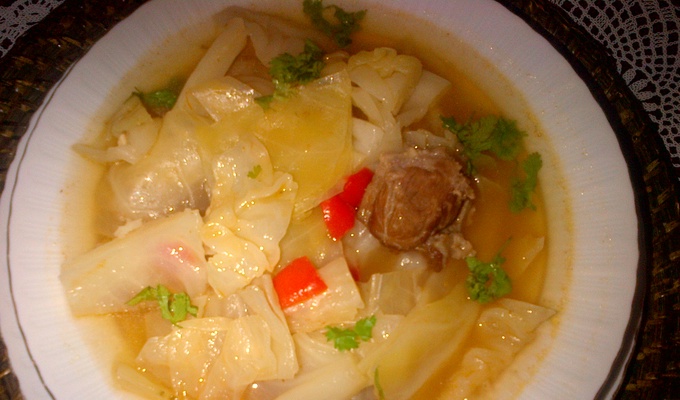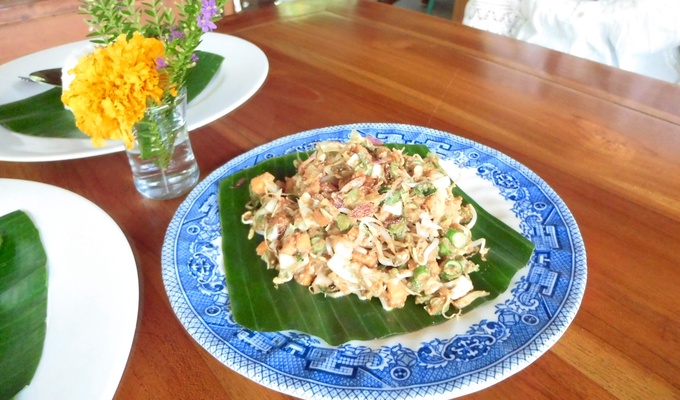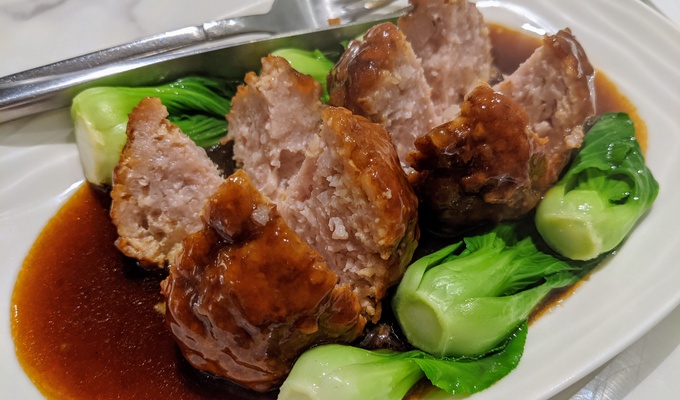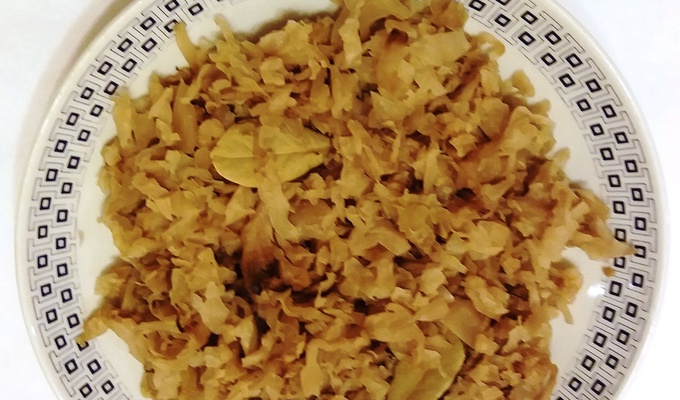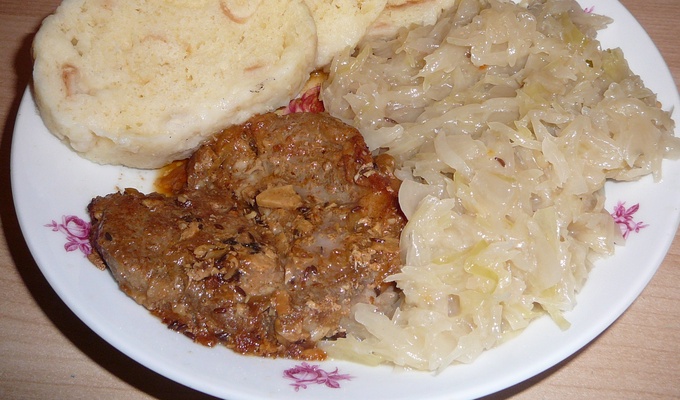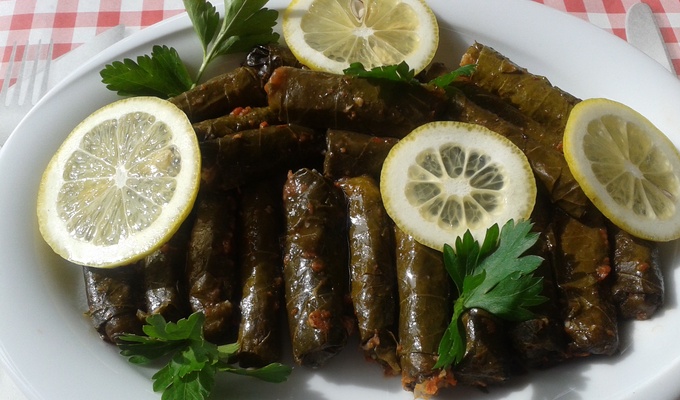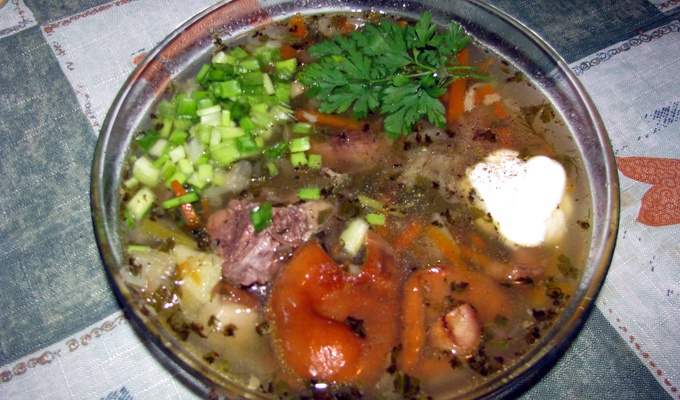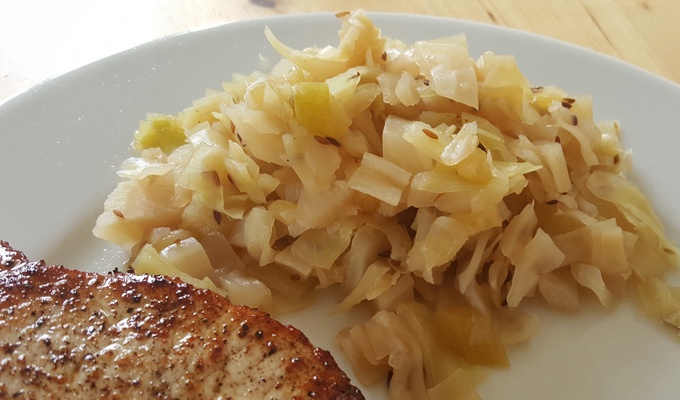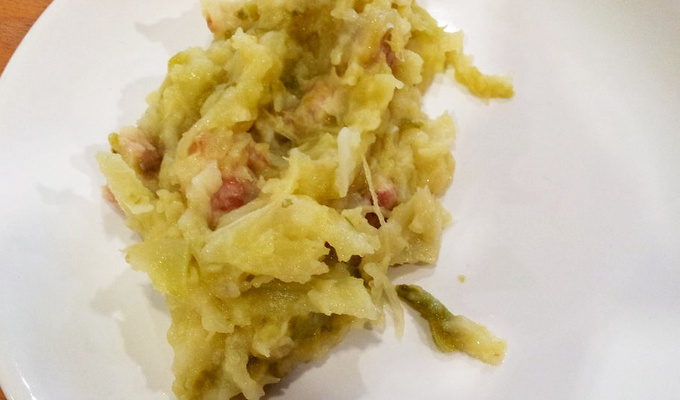Cabbage is a leafy vegetable derived from Brassica oleracea, a species that also includes broccoli, cauliflower, and Brussels sprouts. The domesticated form differentiates from its wild ancestor, B. oleracea var. oleracea, by its tendency to form a compact head composed of smooth, crinkled, or savoyed (densely ruffled) leaves.
The principal categories of cabbage cultivars include white (sometimes called green) cabbage, red cabbage, and savoy cabbage, each selected over centuries for distinct leaf color, texture, and tolerance to various growing conditions. Scientific and archaeological evidence indicates the cultivation of variants closely resembling modern cabbage in Europe as early as 1000 BCE, with systematic breeding practices developing during the Middle Ages.
The flavor of cabbage is primarily shaped by glucosinolates and related sulfur-containing compounds, which confer a slightly peppery and sometimes bitter taste. White or green cabbage tends toward a milder, slightly sweet profile, particularly when cooked, while red cabbage offers a more robust, sometimes earthy flavor. Savoy cabbage, characterized by crinkled leaves, is noted for a more delicate taste and texture. The distinctive aroma that emerges during cooking, particularly in boiled preparations, is attributed to the breakdown of sulfur compounds.
Cabbage has been employed in a wide array of culinary applications across diverse cultures. Common global preparations include fermentation into sauerkraut in Germany and kimchi in Korea, its use as filling in Eastern European stuffed cabbage rolls, and as a component of Chinese stir-fries and dumplings. In Japan, cabbage is a principal ingredient in okonomiyaki, a savory pancake. Raw cabbage is used as a base for salads and slaws in North America and Europe. The vegetable can be boiled, steamed, braised, roasted, or fried, with cooking methods often determined by the specific cultivar and culinary tradition.
